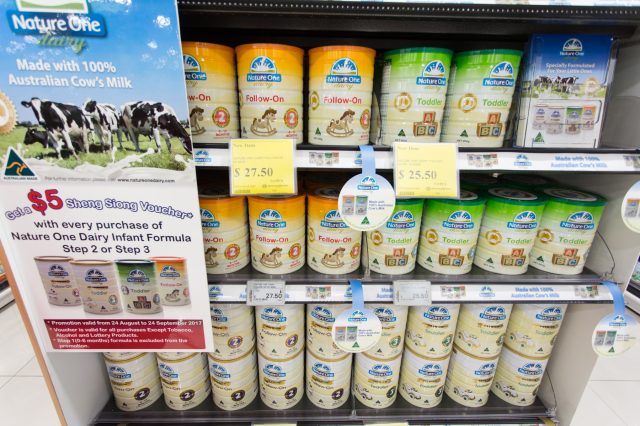
One of the toughest financial and emotional decisions when moving in to residential aged care often involves the sale of the family home. Sometimes turning the home into a rental property is a more appealing option.
Not only does renting the house out delay making a decision to sell or avoid a fire sale, but the income generated can help with the cost of aged care accommodation. Up until 1 January 2016 there was a potential advantage for people entering aged care to keep the family home and fund all or part of their accommodation costs in aged care facility through rental income.
The former home remained an exempt asset for pension purposes, and the rent received was also exempt under both the pension income test and the means tested care fees for aged care purposes.
Unfortunately, the rent is no longer exempt under the aged care means testing and other ways of paying the accommodation cost may have to be considered.
Accommodation costs
All potential aged care residents have the option of paying accommodation costs as a lump sum, known as a Refundable Accommodation Deposit, or periodically as Daily Accommodation Payments. They can also pay a combination of both.
All residents pay a Basic Daily Care Fee and may also be asked to pay a means-tested care fee.
Homes can still be kept and rented out to pay care costs, but from 1 January 2016 there is no longer an exemption on rent received for people who pay their care costs periodically. The Government implemented this with a view to improve the fairness and equity of aged care means testing arrangements for new residents.
Let’s look at a hypothetical example. We’ll call her Jane. As Jane’s story shows, the difference in the means tested care fees for someone looking to rent their house to pay for their care costs may be considerably higher after the change.
Jane’s story
Jane is a single, part pensioner who owns her own home which she wants to keep after she moves into an aged care facility.
She has assets to pay $400,000 of the $420,000 Refundable Accommodation Deposit (RAD) without selling her home. She plans to pay the remaining $20,000 in Daily Accommodation payments (RAD x maximum permissible interest rate/365), financed by renting her home for $860 a week.
As the table below shows, under the new rules Jane’s rental income will be assessed by Centrelink resulting in a means tested care fee of $20,191 a year. Previously, the rent would have been exempt and the means tested care fee would have been just $6,034 a year.
Annual care costs when the home is rented
before and after 1 January 2016
| Cost of care before 1 January |
Cost of care after 1 January |
|
| Basic daily care fee | $17,469 | $17,469 |
| Daily Accommodation Payment (DAP) | $1,228* | $1,244** |
| Means-tested care fee | $6,034 | $20,191 |
| Total aged care fees | $24,731 | $38,904 |
* The Maximum Permissible Interest Rate (MPIR) 6.14% pa ** MPIR 6.22% pa
The upshot is that Jane will be worse off by more than $14,000 a year. The calculations are complex and will be different for everyone so it is important to get professional advice.
Because the RAD is not counted as an asset by Centrelink for age pension purposes Jane’s age pension is not necessarily impacted.
No impact for existing residents
The new rule doesn’t affect anyone who entered care before 1 January 2016, including residents who may have moved in and out of hospital or transferred from one facility to another on either side of that date.
The change also has no impact on the annual fee caps and lifetime fee caps that apply to the means-tested care fees payable when someone is in care.
Renting out the family home may avoid the need to make a decision on whether to sell at all, or sell it quickly, but there are often other issues to consider. These include whether the rent will cover the full cost of aged care and who will take care of the cost of ongoing maintenance and management of the property.
If you would like to discuss your aged care funding options, give us a call.



